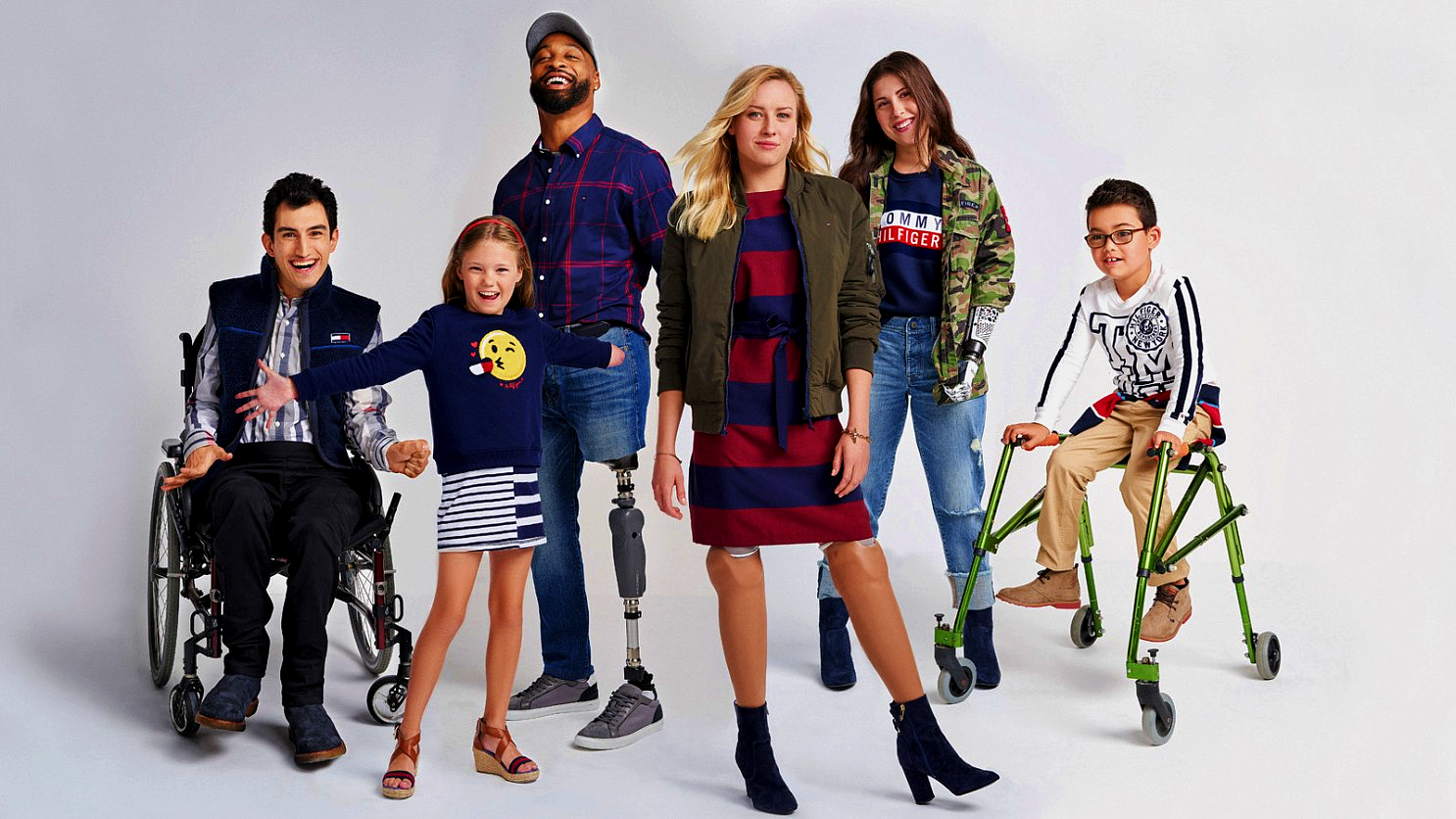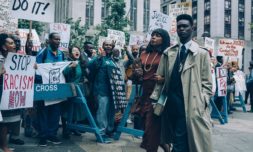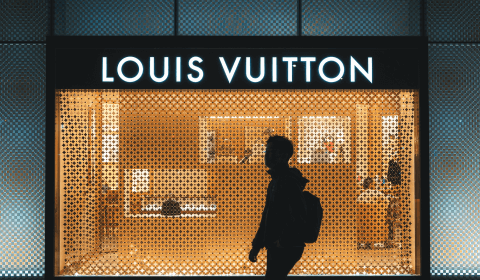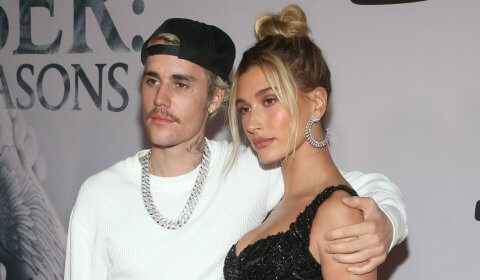Though a variety of brands are exploring more adaptive clothing, disability continues to see a lack of representation in the fashion industry.
Regardless of the positive and progressive changes the fashion industry has been making lately in terms of diversity, sustainability, and inclusion, there are still people who continue to feel under-represented.
According to the World Health Organisation, there are more than 1 billion people living with some kind of disability around the world, accounting for 15% of the entire global population and representing the largest minority group.
The demand for adaptive fashion is very real, but adaptive wear is still a niche market that struggles to reach consumers.
Disabled models are rarely seen in online editorials, magazines, or on the runway and consumers with physical disabilities are frequently neglected among luxury and high street brands.
The prevalence of this was revealed in 2019 when leading disability charity Leonard Cheshire conducted a survey highlighting the lack of choice for disabled shoppers in mainstream fashion.

Bringing to light that body shaming and ageism are not the only stigmas within fashion we should currently be combatting, the report uncovered that 75% of disabled people do not feel as though their needs are being met by the industry, and a staggering 96% also believe that they aren’t being sufficiently represented.
‘The fashion industry doesn’t consider the shape of a person who has to sit in a chair, who might have a larger stomach or shorter body,’ said participant Kim Nash at the time.
‘When was the last time a designer took a range of people with different needs and thought “let’s make a fashionable, affordable wardrobe for everyday occasions for people like me?”’
For many disabled people, off-the-rail garments are inaccessible and cause discomfort.
Due to restricted mobility, clothing choices can impact whether or not they can operate functionally. So, why has necessary progress to rectify this been so slow?

While fashion may be inherently speedy when taking on the latest trends, it hasn’t been quite so quick to jump at the opportunity to represent people of different abilities.
Arguably, the perpetuation of deep-rooted stereotypes is to blame, specifically ableism (discrimination in favour of the able-bodied) which both the industry and the media are at fault of disseminating. Unfortunately, however, that’s not all.
Much of the clothing designed for those with disabilities is inclined to functionality, leaving the style component overlooked.
This means that, although the solution can in fact be as simple as using different types of easy-access fixtures such as magnetic buttons, one-handed zips, adjustable Velcro hemlines, and bungee-cord closures for example, designers view the process of reconfiguring silhouettes entirely as too challenging and expensive.
Thinking about fashion in this way requires them to become engineers, utilising problem-solving, innovation and empathy, the likes of which is regularly deemed too difficult a task.
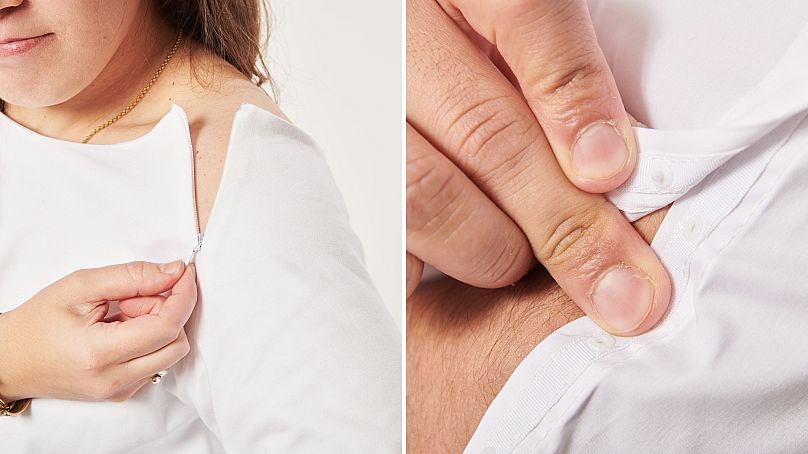
‘There was a lot of interest in figuring out design developments in the ‘60s, but there was no relationship between that research to fashion and style because the business wasn’t seen as viable,’ says Kerri McBee-Black, a professor who studies clothing and disabilities.
‘‘It was seen as a costly endeavour, and there was an association that a majority of people with disabilities are low-income and don’t care about fashion.’









